
TongRo Images/TongRo Images/Getty Images
Tet is a Vietnamese holiday that celebrates the beginning of the lunar new year. Falling in late January or early February, it’s a three-day celebration in which families gather from across the country to eat lavish meals, settle old scores, pay off debts, exchange gifts and honor the spirits that protect their homes in preparation for the coming year. Along with the Mid-Autumn Festival and Wandering Souls’ Day, it is one of the most important holidays on the Vietnamese calendar.
Annual House-cleaning
The Vietnamese version of “spring cleaning” occurs annually in Vietnam during the week preceding Tet. In Vietnam, it is widely believed that the opening days of the new year will shape the rest of the year. Tradition states that cleaning the house helps to remove all bad spirits left over from the previous year before the new year begins. On the eve of Tet, everyone takes a warm shower in water cooked with coriander, a sweet-smelling herb. In recent times, some wealthy families, overwhelmed by the pressures of cleaning, have begun hiring professional cleaning services to clean their homes for them.
Flowers and Trees
After the vestiges of the old year have been discarded, families turn to decorating. This typically takes place during the last week of the year, because housework is forbidden during the three days of Tet. Native apricot and peach tree blossoms are brought into the home, as their bright petals are considered to be omens of good fortune. In rural areas, families bring a small bamboo tree -- the "cay neu" tree -- into their homes. Atop this tree, they place fish figurines and bells to ward off evil spirits. Beneath the tree they place gifts.
Dinner and Cakes
Tet is marked by several important feasts featuring the sweet fruits, vegetables, fish and assorted meats that are staples of the Vietnamese diet. Families bid farewell to the old year by eating stir-fried rice, pig's trotters, gourd and stir-fried almonds served with leeks and carrots. The eve of Tet concludes with the eating of a red, ripe watermelon. On the next day, families enjoy a multicourse dinner including stir-fried vegetables, soups, meat pies and roast suckling pig, topped off with a square cake known as "banh chung."
Honoring the Spirits
In Vietnamese folklore, the kitchen gods leave Earth in the last weeks of the year and travel to heaven to report on the family’s deeds in the months past. In addition to feasting in their honor, the family may also make a paper effigy of their kitchen god and smear its lips with honey or some other sweet substance in the hopes of convincing it to say good things. Because each god rides atop a red carp on the journey from Earth to heaven, many families purchase carps for the holiday, which they keep at home for a few days and then release into nearby lakes or rivers at the start of the new year.
On the first day of Tet, the spirits of departed ancestors return to visit the family, and the family welcomes them by burning incense and making offerings of sweets, food and wine. On the next day, as the spirits return to heaven, the family offers them material goods, such as cars, by burning paper models.
Related Articles
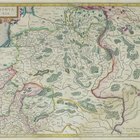
Traditional Lithuanian Christmas Eve ...

What Are Some Ways to Do Something to ...
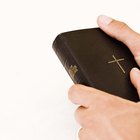
How to Celebrate Holy Week
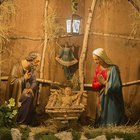
How to Celebrate St. Joseph's Day

Traditional Vietnamese Wedding Gifts

How to Roast Corn in the Husk
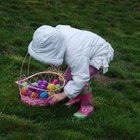
Where Did the Custom of Easter Baskets ...

Jewish Engagement Gifts

Customary Nigerian Wedding Gifts

The History of the Tradition of ...
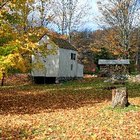
About Family Life in Colonial New Jersey

American Family Traditions & Rituals

Traditional French Easter Food
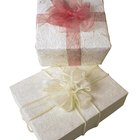
Japanese Engagement Customs
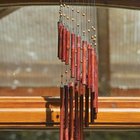
Symbolic House Warming Gifts

African American Holidays & Traditions

What Is the Godparents' Responsibility ...

African Food Facts
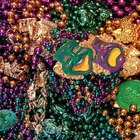
History of Mardi Gras Beads

Traditional Indian Gifts for Babies
Writer Bio
Boze Herrington is a writer and blogger who lives in Kansas City, Mo. His work has been featured in Cracked and "The Atlantic."
Photo Credits
TongRo Images/TongRo Images/Getty Images